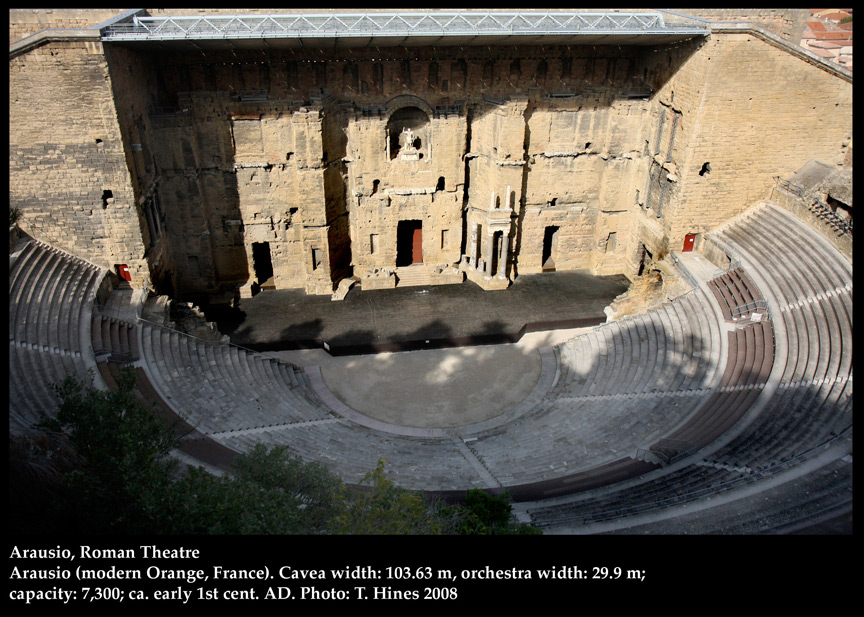

Remains of the forum in Athens, Greece (source: wikipedia) Remains of the West Gate of the forum in Athens, Greece (source: wikipedia) Roman Forum at Jerash, Jordan (source: wikipedia) Few roman forums remain in existance as many have been destroyed. Forums were regarded as a gathering place of considerable social significance. Serving primarily as a marketplace, a forum was an integral part of Roman life, political proceedings and discourse. ROME employed architecture to supply its citizens with social places to entertain and provide for basic needs, whilst also doubling as apparatus for cultural transference and absolute acquiescence.įashioned upon the Roman Forum in the city of Rome, every Roman province in the Republic and the Empire was endowed with a forum. In general, Roman towns and cities imitated the capital city, replete with landmarks such as forums, temples, theatres and amphitheatres.The essence of Rome was imbued in cities and towns across the vast empire. However, the Empire made the most of architectural branding in buildings intended for public use. Residential architecture within the Roman teritorries spanned from modest houses and apartment blocks to country villas and palatial homes. Within the Empire, the city of Romewas the nucleus, and life revolved around the city. They possessed an inate mastery of the use of the built environment to communicate to its citizenry, as much as to its foes that this is ROME! The Empire was unparalleled in the use of physical branding throughout its lands and territories. Spread across modern-day Azerbaijan, Bulgaria, Croatia, Egypt, France, Germany, Italy, Israel, Jordan, Libya, Luxembourg, Macedonia, Portugal, Spain, Switzerland, Syria, Tunisia, Turkey and the United Kingdom, it was the largest extent to which the Roman Empire would ever expand.ģ-The walls spoke of cultural assimilation Historians have postulated that under Emperor Trajan (98 to 117AD), the Roman Empire controlled approximately 6,500,000 km2 of land area. To the west, the Empire annexed Egypt, had possessions in Asia Minor, Umbria, Constantinople (Istanbul), Caucasian Albania, Azerbaijan, Dacia (Romania), Armenia, Syria, Macedonia and Croatia to name a few. To the east, Corsica and Sardinia were under Roman rule. To the south, Sicily, Syracusa and parts of North Africa were controlled by the Empire. To the north and north east, the Roman Empire stretched out to Gaul (France), controlled much of Germania (Germany), reached into Britannia (southern and central Great Britain along with England and Wales), and encompassed Caledonia (southern Scotland). ROME was entrenched everywhere, as far as the eye could see, all-conquering, widespread, dominating, unstoppable. Wherever the Roman armies stood, ROME was underfoot, or soon would be. Much like the Republic period, ROME, entering the Imperial Era, would continue on an expansionary course unabated.Īt the height of the Roman Empire, Rome’s influence was undeniable. The transition was prolonged, being commonly ascribed to numerous events, including Julius Caesar’s appointment as perpetual dictator (44 BC), the Battle of Actium (2 September 31 BC), and the Roman Senate’s granting to Octavian the honorific Augustus (4 January 27 BC). Adaptable and integrative, ROME would select the best features from its conquests and institute them across all its territories.Īs the transition from Republic to Empire was happening, expansion had long become entrenched as the modus operandi for the 500-year old Roman Republic. From the Celtics, Rome adopted the spatha (Celtic cavalry sword). In military matters and horsemanship, Rome was influenced by Gaul. Syracusa and Carthage, which had threathened Rome’s expansion plans, inadvertedly aided Rome to perfect its ship building expertise and naval battle techniques, thereby adding to Rome’s dominating presence across the Mediterranean. The dome, the vault and the arch also benefitted from Roman ingenuity and engineering. Arts, sculpture, and architecture, particularly theatre and amphitheatre design, were adopted, refined and modified by the Romans. As such, Rome had a vested interest in being adaptable, malleable, and open to adopting the best techniques and technologies from its rivals and conquests.įitness regimens, culture, languages, grammar, literature, governance, several aspects of Roman culture were actually cribbed from the conquered Greeks and Etruscans.

From the earliest days of the Roman Republic, expansion was established as a natural state of order.


 0 kommentar(er)
0 kommentar(er)
